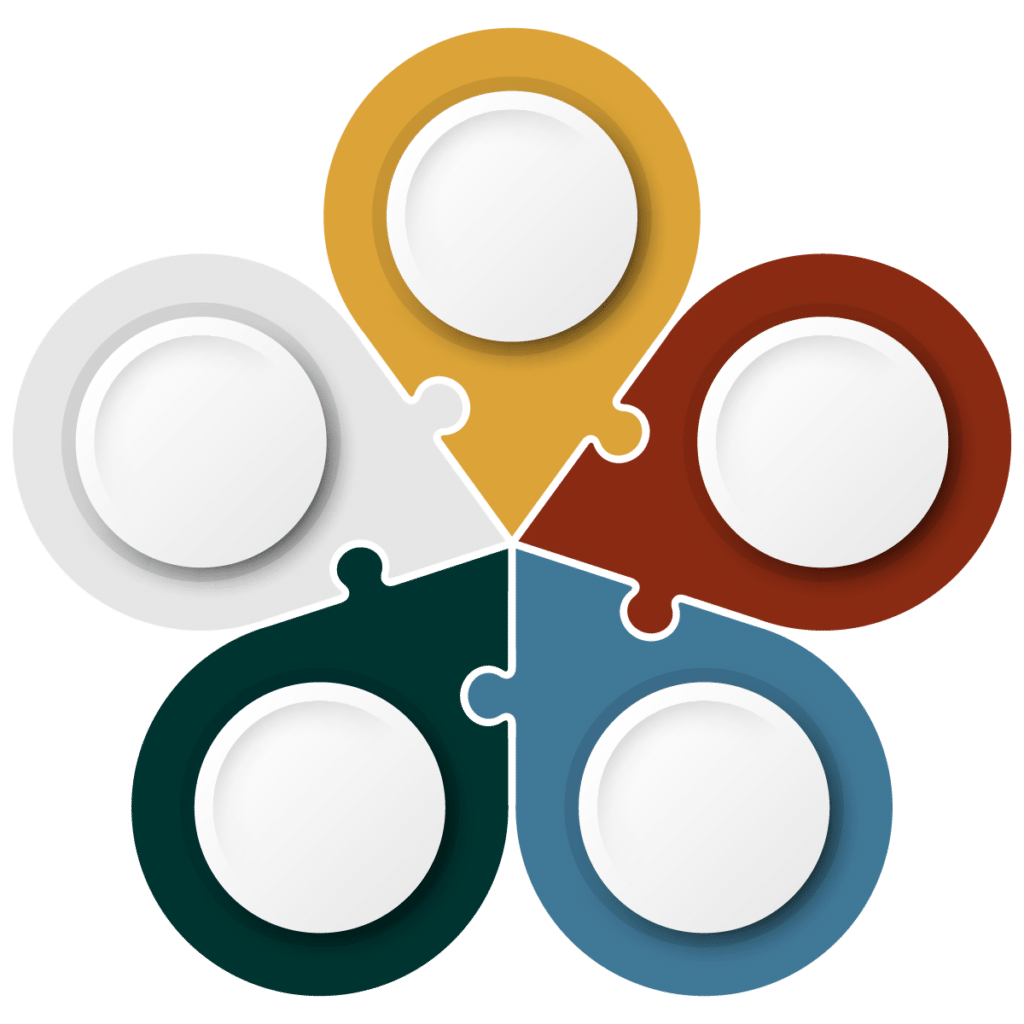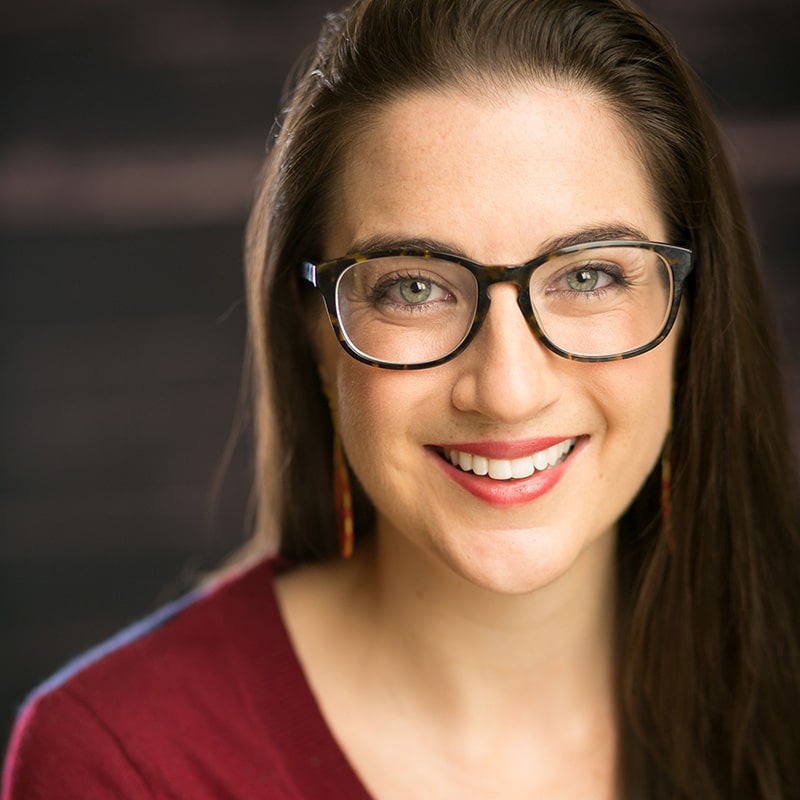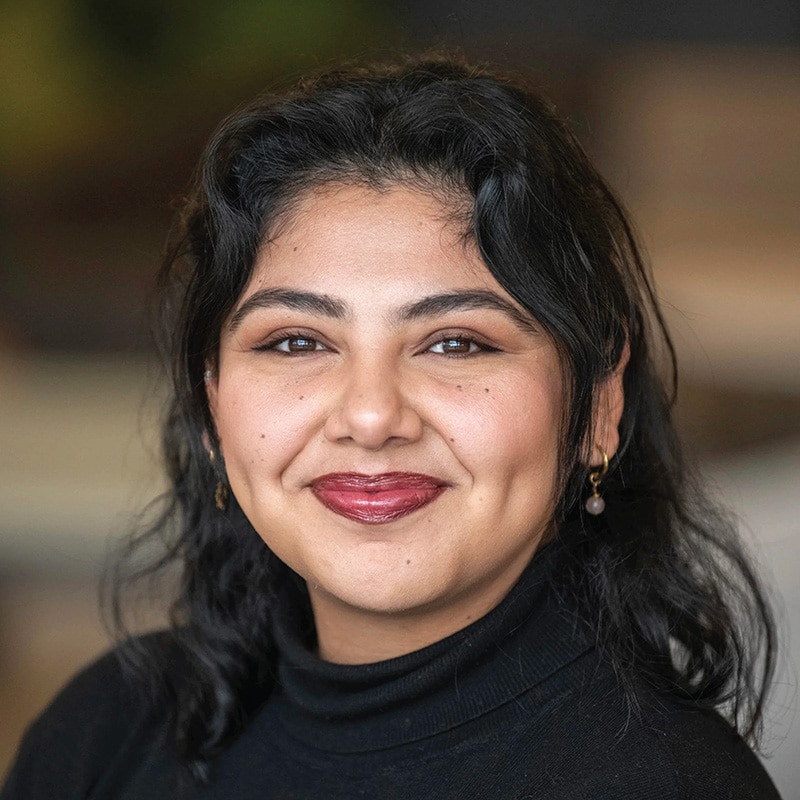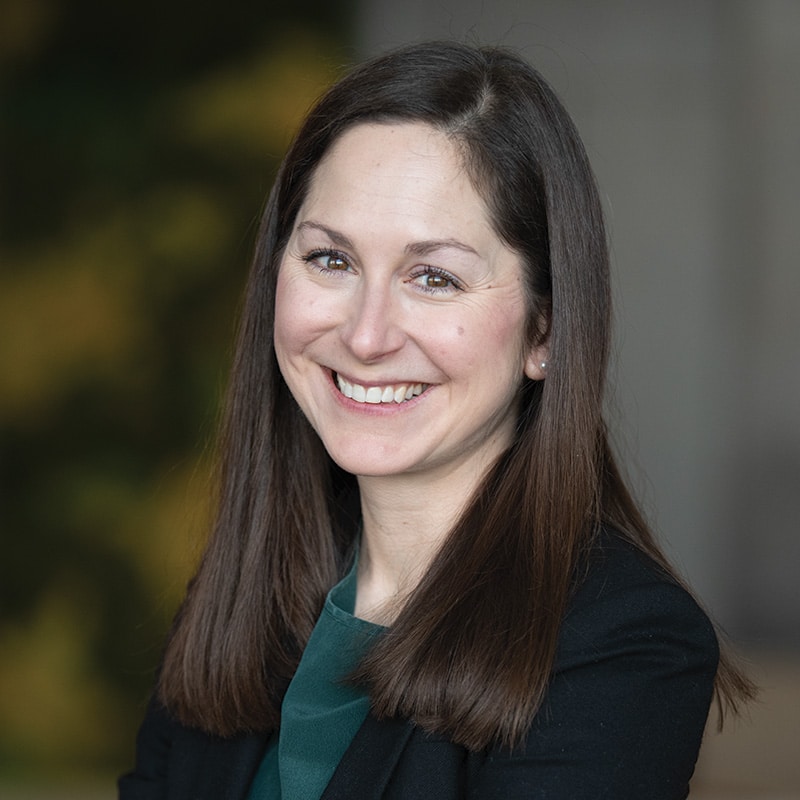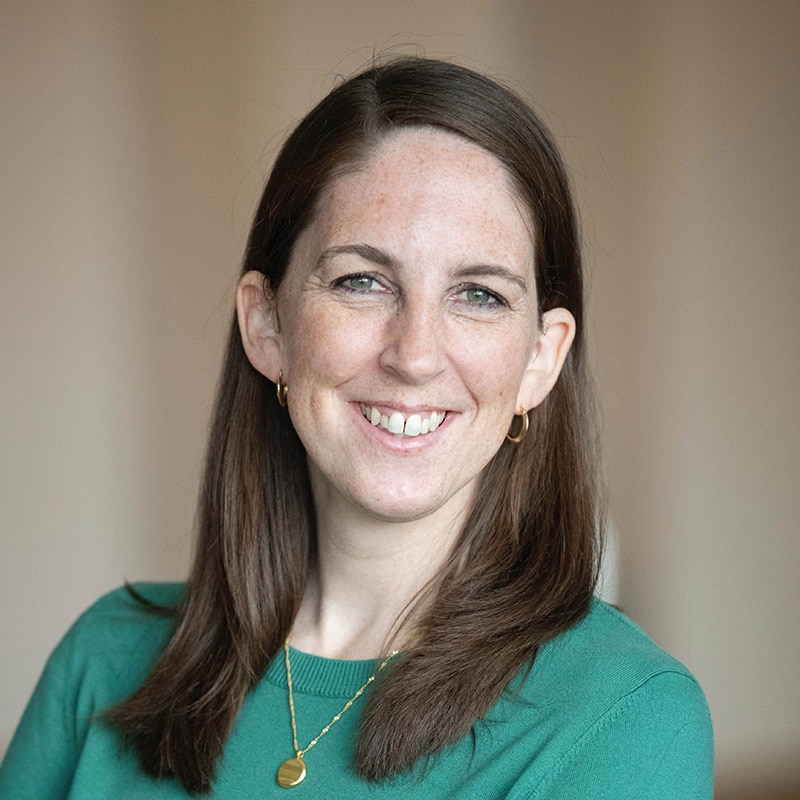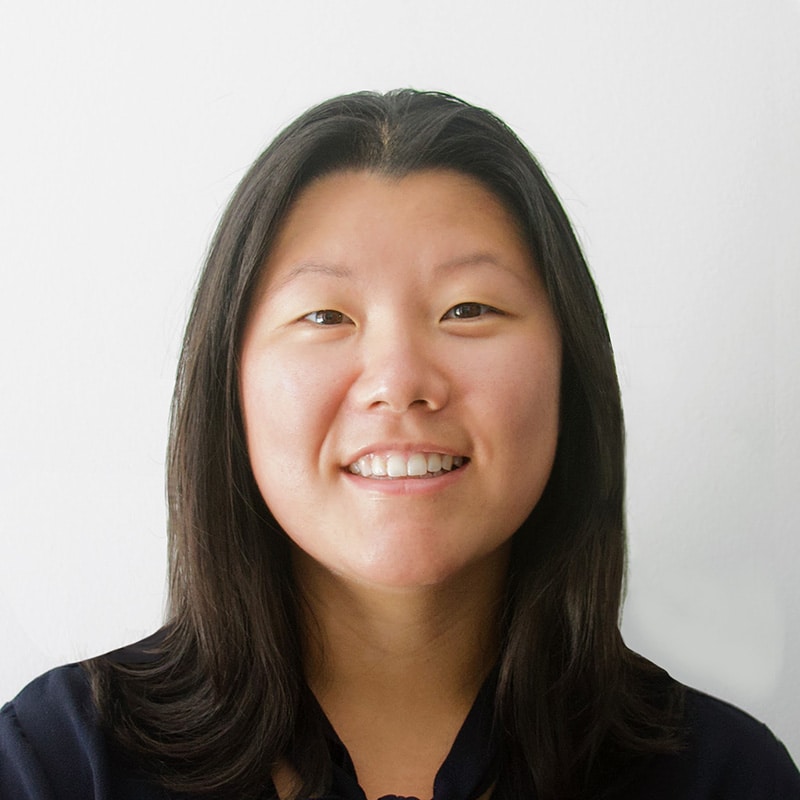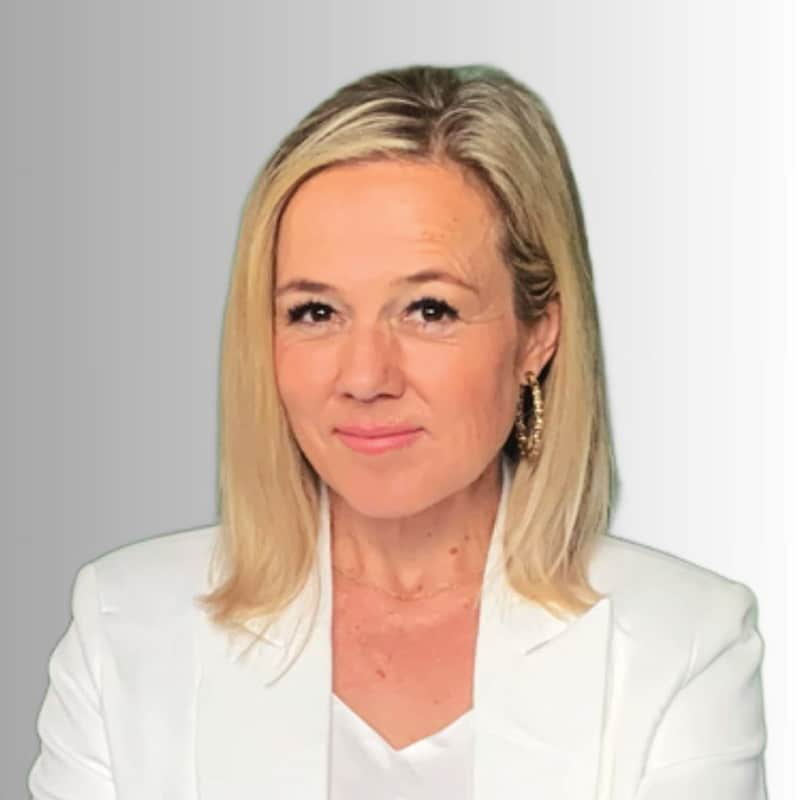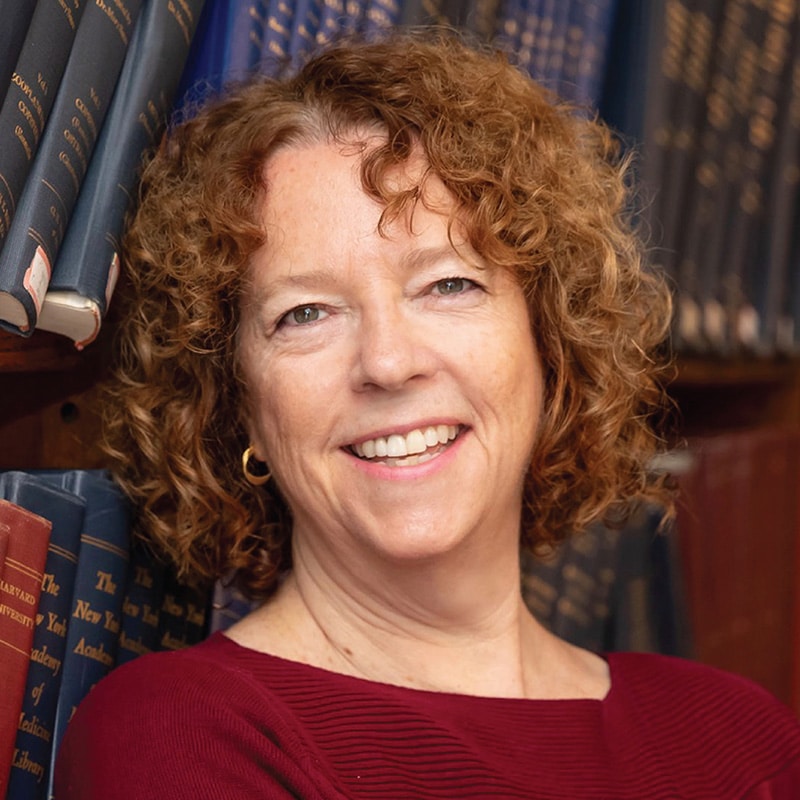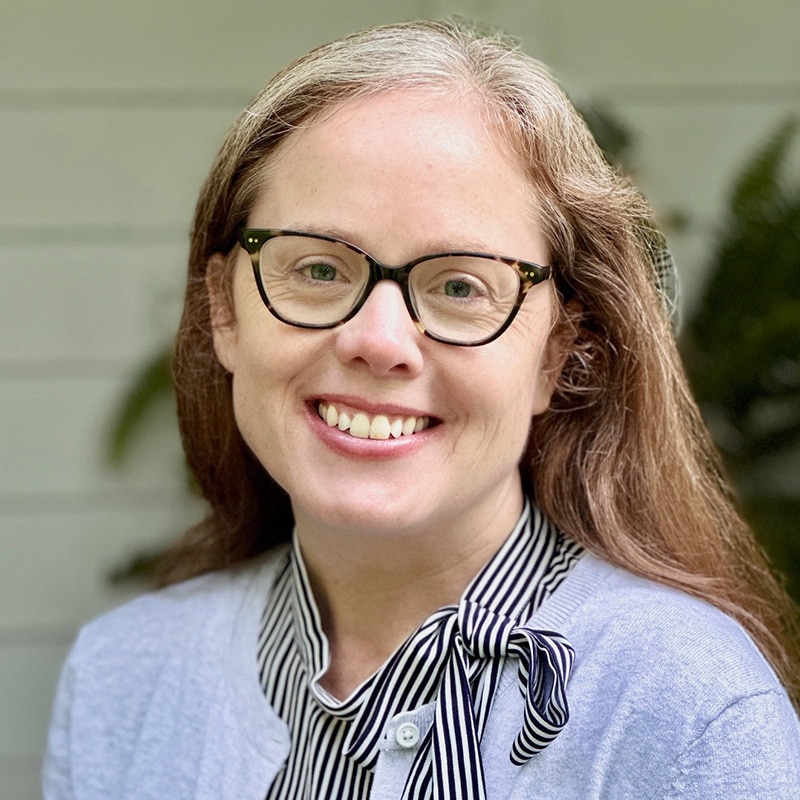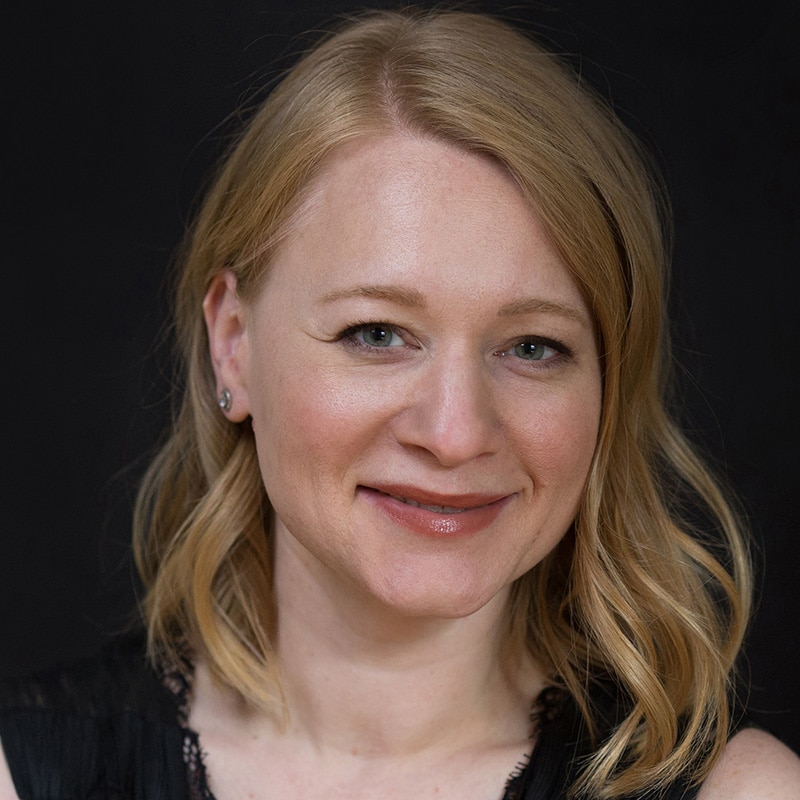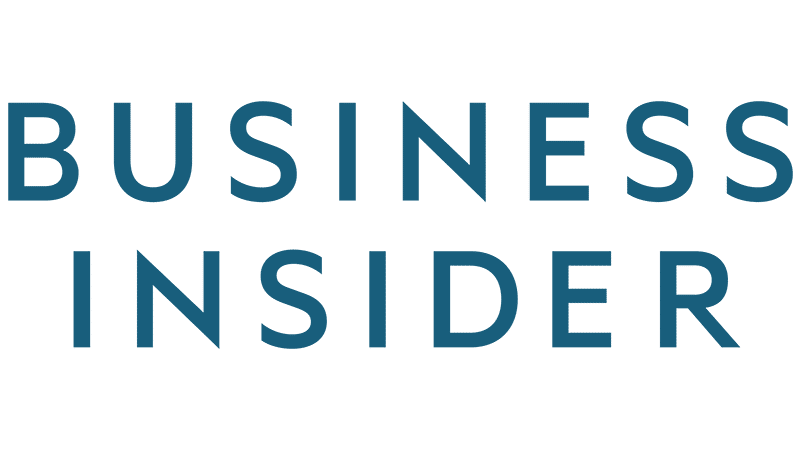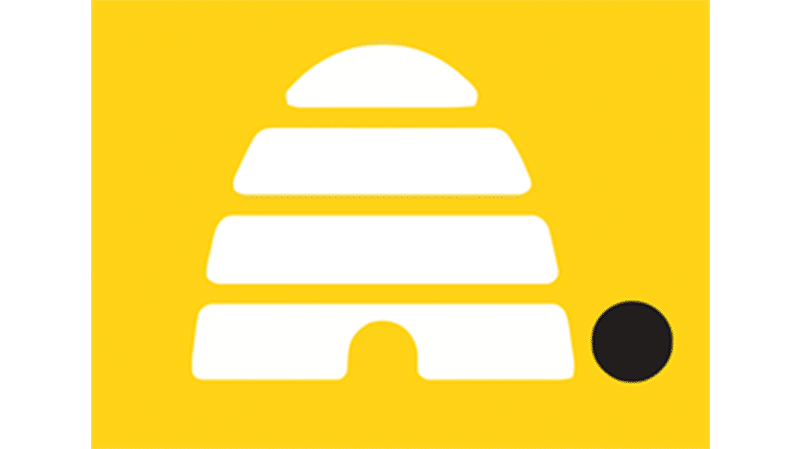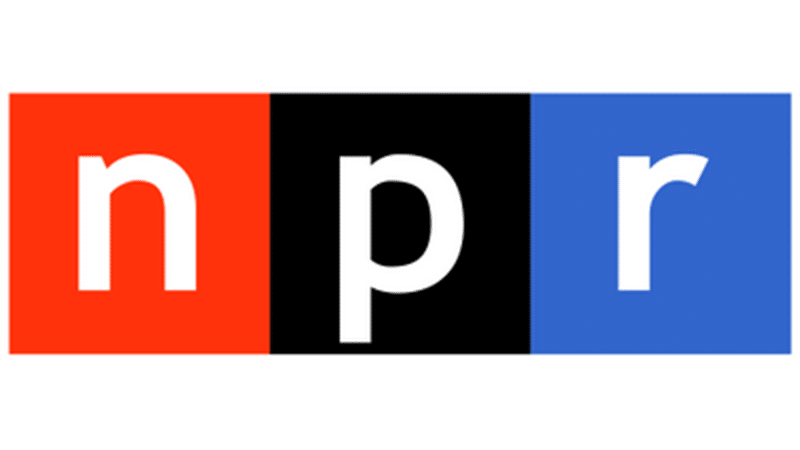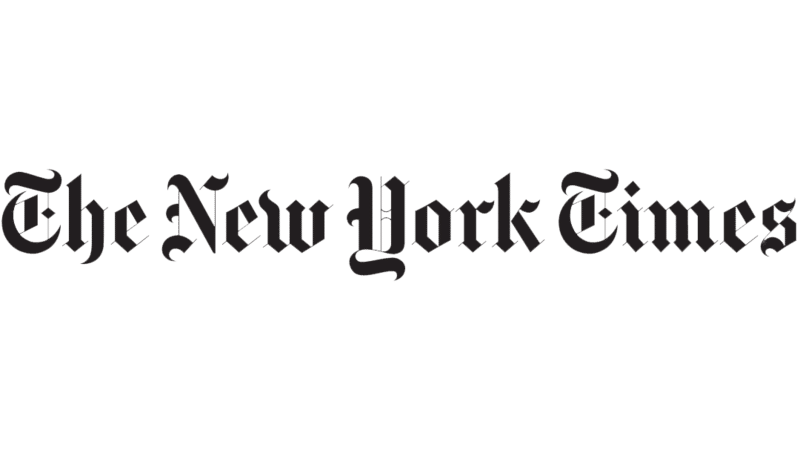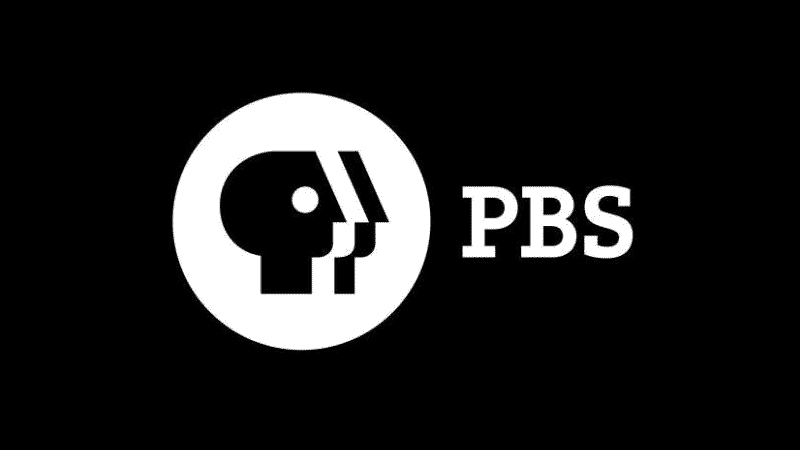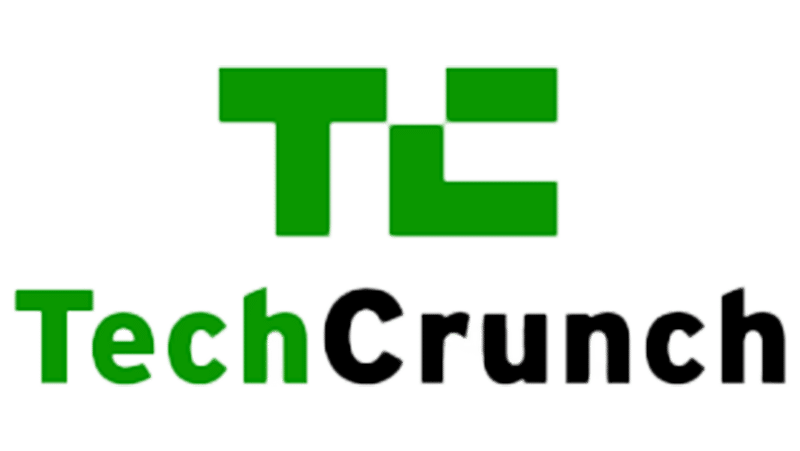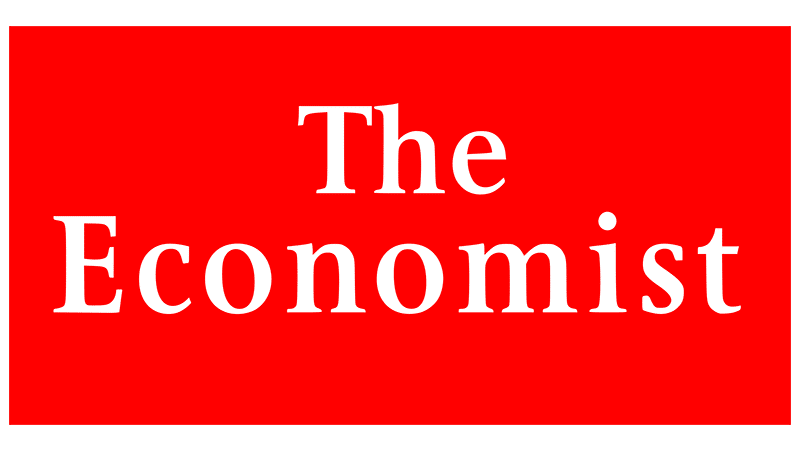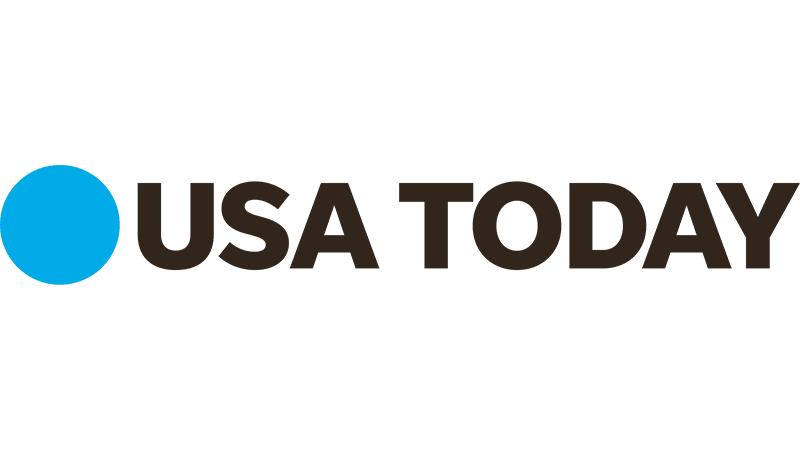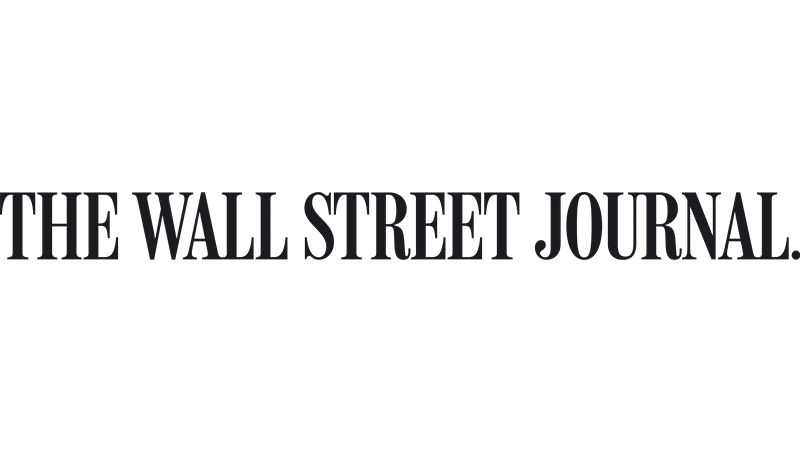We reframe stubborn problems through the lens of theory
We help people push past the status quo toward meaningful progress
The Clayton Christensen Institute enables leaders to radically improve entire sectors through rigorous research and community empowerment. Using Disruptive Innovation and other theories developed by Harvard Business School Professor Clayton Christensen, we develop a clearer understanding of how the world works so we can create purposeful progress in our world. Where traditional solutions to seemingly intractable challenges fall short, teaching theories and conducting applied research can bridge chasms between current realities and societal progress.
Questions we’re asking right now through the lens of theory
How can the US move from a child welfare system to a child well-being system?
What conditions are needed to enable new school models in K-12 education?
Will AI disrupt human connection?
What does sustainable funding for market-creating innovations look like?
Have a question or problem you think theory may be able to shed light on?
Featured Content
Here’s one of our most recent, provocative perspectives on current issues. Be sure to check out our resource library for more content!
Our expertise comes from continuous learning
What People Are Saying
Impact Analytics




Research at Your Fingertips
Sign up to receive email updates on our research.
